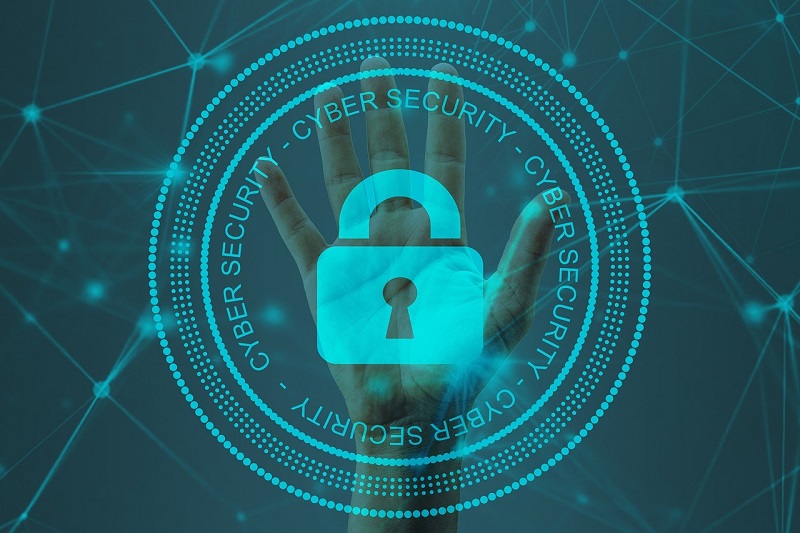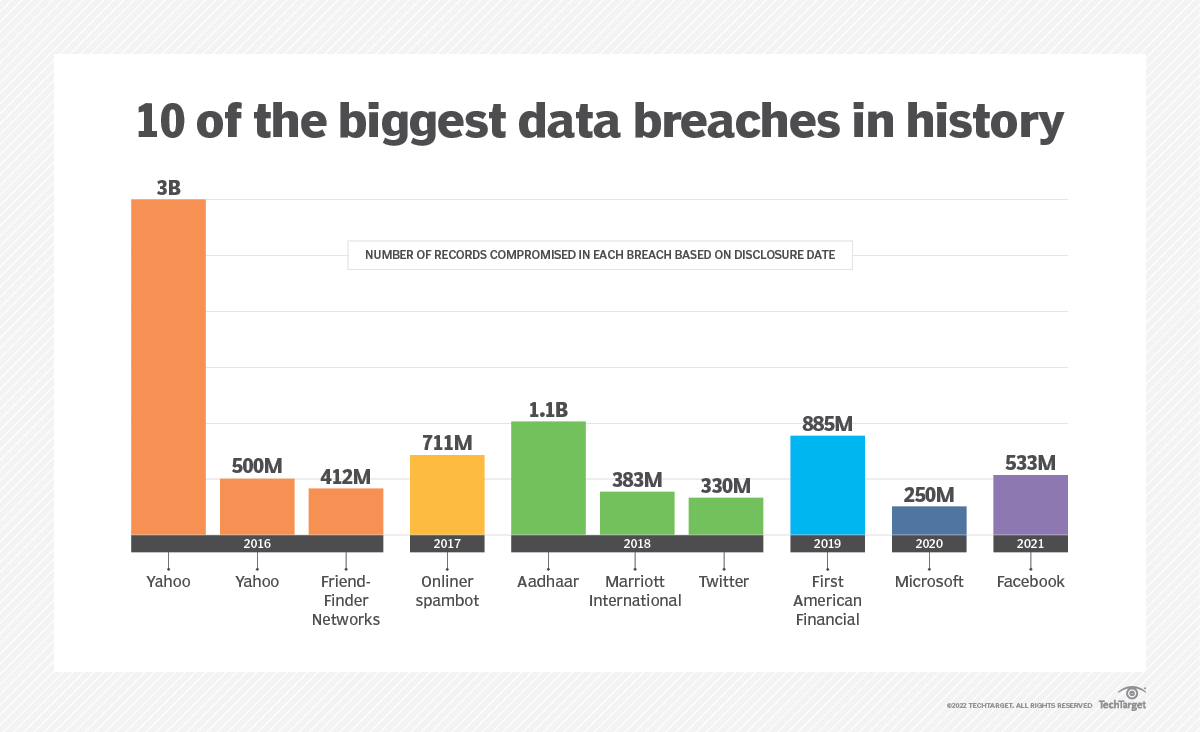|
|
 |
Creating a Strong Cybersecurity Culture |

In today's world, where more and more information is stored and processed online, cybersecurity is more important than ever. Cyberattacks are becoming increasingly common, and no business is immune. A strong cybersecurity culture can help protect your organization from attack.
According to a recent study by the Insurance Information Institute, online fraud cases have skyrocketed by a staggering 70% since 2020, underscoring the urgency of protecting remote workers.
Of course, the buck doesn’t stop there. The cost of cybercrime is projected to reach a jaw-dropping $8 trillion by 2023 and an alarming $10.5 trillion by 2025. These statistics serve as a wake-up call, emphasizing the need to fortify our defenses and establish an organization's resilient cybersecurity culture.
A cybersecurity culture is the set of shared values and behaviors that promote cybersecurity within an organization. It is a way of thinking about and approaching security that goes beyond technical solutions. A strong cybersecurity culture is essential for any organization that wants to protect its data, systems, and employees from attack.
Understanding the Risks
Cyber risks are the potential negative consequences of a cyberattack. They can vary in severity, from minor inconveniences to major financial losses or even loss of life. Some of the most common cyber risks include:
Data breaches
A security incident in which protected, sensitive, or confidential data is viewed, copied, transmitted, stolen, altered or used by an individual unauthorized to do so.
Malware
Malware is software specially designed to harm a computer system, and can take many forms, such as viruses, worms, and Trojans. Malware can steal data, damage files, or even take control of a computer system.
Phishing
Phishing is a social engineering attack that is designed to trick people into giving up their personal information. Phishing emails often look like they are from legitimate sources, such as credit card companies or banks. When people click on links in phishing emails or provide their personal information, they give cyber criminals access to their accounts.
Ransomware
Ransomware is malicious software that encrypts a user's files and holds them hostage until a ransom is paid. If the ransom is not paid, the victim's files may be deleted or published online. Ransomware attacks can be very costly, both in terms of financial losses and productivity disruptions.
DDoS attacks
A DDoS attack is a distributed denial-of-service attack. This type of attack overwhelms a target with a flood of traffic, rendering it inaccessible to legitimate users. DDoS attacks can be used to disrupt businesses, governments, or even critical infrastructure.

(Ref: https://www.techtarget.com/whatis/34-Cybersecurity-Statistics-to-Lose-Sleep-Over-in-2020)
These are massive companies with astronomical resources to throw at the problem, and yet, they have dramatically expensive attacks. That kind of system interruption ripples across our daily lives as well as our economies of scale, making it imperative to instill a strong cybersecurity culture in organizations.
Educating Workers on Cybersecurity
To create a strong cybersecurity culture, education and awareness are paramount. All workers— on-prem, hybrid, and remote— must understand the risks they face and know how to identify and mitigate potential threats.
It is vital to incorporate cybersecurity training into processes for onboarding new employees. By instilling best practices and emphasizing the importance of vigilance, organizations can empower their workforce to become the first line of defense against cyber threats.
Establishing Secure Remote Access Policies
According to Forbes, a surprising 98% of remote workers used a personal device for work every day in 2022, further underscoring the need for comprehensive training to protect sensitive information.
When you consider the wide variety of cybercrime happening on a minute-by-minute basis worldwide, it can feel like an overwhelming mountain to climb. That is why companies need to implement BYOD policies. There are “bring your own device” to work procedures that ensure you are not taking protected data into devices where it simply does not belong – remote work or otherwise.
The first step in safeguarding remote workers is implementing robust remote access policies. Strong password protocols, complemented by two-factor authentication, provide an additional layer of security to thwart unauthorized access attempts.
Virtual private networks (VPNs) are indispensable tools that create secure encrypted connections, shielding remote workers from prying eyes and safeguarding sensitive data. Over 50% of businesses use VPNs for limiting access rights and permissions, effectively mitigating the risk of internal threats and minimizing vulnerabilities.
Endpoint security plays a pivotal role in fortifying the cybersecurity posture of remote workers. Here are vital measures to strengthen endpoint security:
Keep antivirus and anti-malware software up to date: Regularly update and maintain robust antivirus and anti-malware solutions to protect against evolving threats.
Patch and update operating systems and applications: Apply security patches and updates promptly to address known vulnerabilities.
Encourage secure networks: Remind remote workers to connect to secure Wi-Fi networks and use encrypted connections when accessing sensitive data.
Implement file-sharing platforms: Utilize secure file-sharing platforms with encryption and access controls to ensure data confidentiality.
Educate on data classification: Educate workers on how to correctly classify data based on its sensitivity and implement appropriate access controls.
Deploy remote monitoring tools: Utilize remote monitoring tools that provide real-time visibility into remote workers' activities, enabling proactive threat detection.
Establish incident response plans: Develop a comprehensive program tailored to remote workers, outlining procedures for reporting, investigating, and mitigating security incidents.
Introducing a Unique Solution
Much experience, knowledge, and financial resources are poured into remote access cybersecurity every year. Organizations rely on remote access security solutions because they enable safe and secure control of various data silos, applications, and IT systems – especially outside the internal infrastructure.
ShowMyPC is committed to ensuring your company maintains a quality cybersecurity stance by crafting easy-to-use remote access and collaboration tools without sacrificing safety. This way, you can get the support needed for daily meetings all the way to essential investor presentations.

Encouraging a Culture of Constant Vigilance
Creating a solid cybersecurity culture goes beyond implementing policies and providing initial training. It requires fostering a mindset of constant vigilance among remote workers. Organizations can further enhance their defenses against cyber threats by promoting ongoing awareness and proactive security practices.
Regular Security Awareness Campaigns
Conduct regular security awareness campaigns to reinforce key cybersecurity principles and update remote workers on the latest threats and attack techniques. These campaigns can include informative newsletters, interactive training sessions, and engaging webinars.
Phishing Simulations
Implement phishing simulations to assess remote workers' susceptibility to phishing attacks and educate them on identifying and reporting suspicious emails. Most phishing attacks are targeted, so be sure to request your leaders and stakeholders also witness these simulations.
Encourage Reporting
Establish a culture where remote workers feel comfortable reporting any potential security incidents they encounter. Encourage open communication and provide clear channels for reporting, such as dedicated email addresses or incident response platforms.
Stay Updated with Security
Continuously educate remote workers about evolving security best practices. Share resources, such as articles, whitepapers, and case studies highlighting real-world examples and lessons learned from security incidents. This isn’t a new concept- 1 in 2 US-based internet users has experienced their accounts being breached.
Foster Collaboration and Peer Learning
Facilitate opportunities for remote workers to engage in discussions, share insights, and learn from each other's experiences. This can be achieved through virtual forums, chat groups, or periodic security-focused team meetings.
This collective effort strengthens the overall cybersecurity posture, mitigates risks, and reinforces the importance of maintaining a secure work environment, whether working remotely or in the office.
Conclusion
Creating a strong cybersecurity culture is crucial to protect workers and mitigate the risks associated with a geographically diverse workforce. Organizations can build a resilient defense against cyber threats by proactively attacking this issue as a team. Let us embrace the challenge of creating a robust cybersecurity culture to protect our remote workforce and secure our future.
If you are looking for a safe and reliable remote access solution for your business or organization, reach out to our team at ShowMyPC.com. We look forward to helping your business communicate and grow.
|
|
|
|
|
|||||
|
© 2026 ShowMyPC. All rights reserved.
|
||||||||


